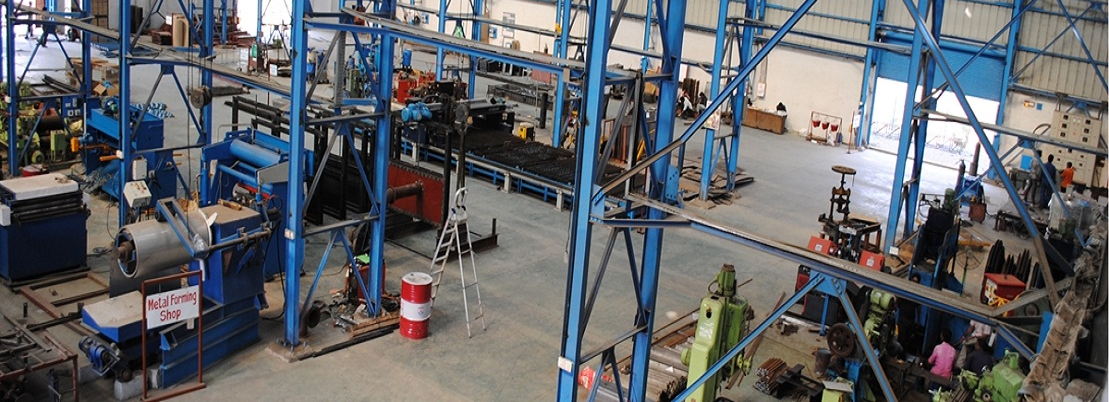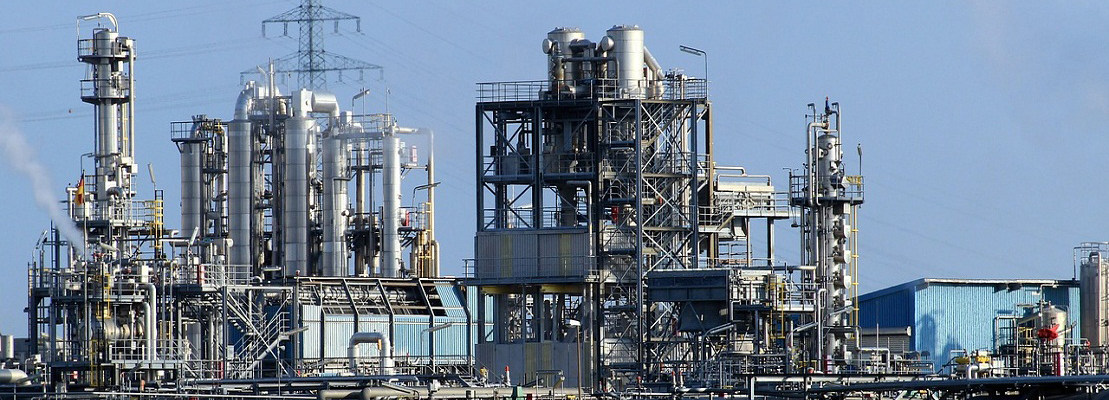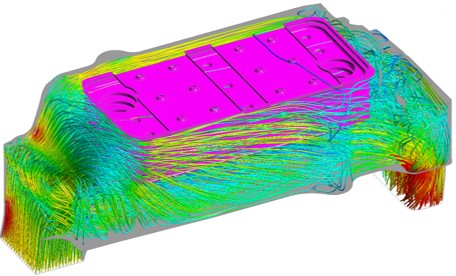


CFD/FEA as a tool can be used to predict the flow and Heat transfer characteristics at a point, in a region or in the whole domain of the Heat Exchanger. Managing the gas flow paths within and around the heat exchanger tubes efficiently can substantially reduce operating temperatures and eliminate the hotspots. Using CFD simulation, a complete three dimensional thermal map can be obtained from any operational conditions. Without having to actually build and test an expensive prototype, thermal/ fatigue analysis can investigate design changes and validate decisions early in the development process.
Read More..
High power dissipation from microprocessors, support chips, memory chips and mass storage has resulted in large overall power dissipation from computer systems. The deployment of these computer systems in large numbers and in very dense configurations in a data center has resulted in very high power densities at room level
These computer systems are deployed in a rack. It will be too expensive simply to throw more computer room air conditioners (CRACs) at the problem. Due to high heat loads, designing the air conditioning system in a data center using simple energy balance is no longer adequate. Moreover, the data center design cannot rely on intuitive design of air distribution.
"It would have been extremely costly to install the equipment in the data center, run tests, and then discover that it would not properly cool the servers in the event of an equipment failure.," "But it would have been far more costly for the customer to have its data center go down because of cooling problems. Thermal simulation is crucial to minimizing data center energy costs as simulation creates a "virtual" data center and provides detailed 3D visualization of airflow and temperature at every point throughout the room. Armed with this vital information, we can quickly and easily minimize cooling power requirements and energy costs; optimize cooling effectiveness; ensure that all rack inlet temperatures are within specifications; and eliminate hot spots thus avoiding potential equipment failures and downtime.
Mechwell provide you with an in-depth understanding of the airflow, humidity and temperature distribution of your facility. We will help you analyze the cooling performance of your data center by delivering results to guide you in making the right design decisions and assist you in understanding the impact of proposed changes.
Engineering Simulation for Built Environment and HVAC Design
Thermal comfort and indoor air quality are the primary objectives of Heat, Ventilation and Air Conditioning (HVAC) design for buildings, vehicles and other environments. Comfort for each occupant lies in achieving a proper balance of four elements: temperature, air flow, humidity and radiation.
Building design for ventilation and comfort can be greatly facilitated through simple air flow modeling that helps engineers and architects to quantify and visualize the impact of structural modifications to equipment on occupants' thermal comfort. Predicting room conditions such as air velocity, temperature, relative humidity, thermal radiation, contaminants that are affected by ventilation, heat loss and solar gains through the structure walls, roof, floors, windows, and doors, and by the presence and activities of people and equipment in many types of buildings provides information that is required for design improvement, optimization and energy efficiency.
Mech-well provides a fast, relatively inexpensive, and accurate method of evaluating data center cooling performance and evaluate alternative designs prior to installing the equipment.